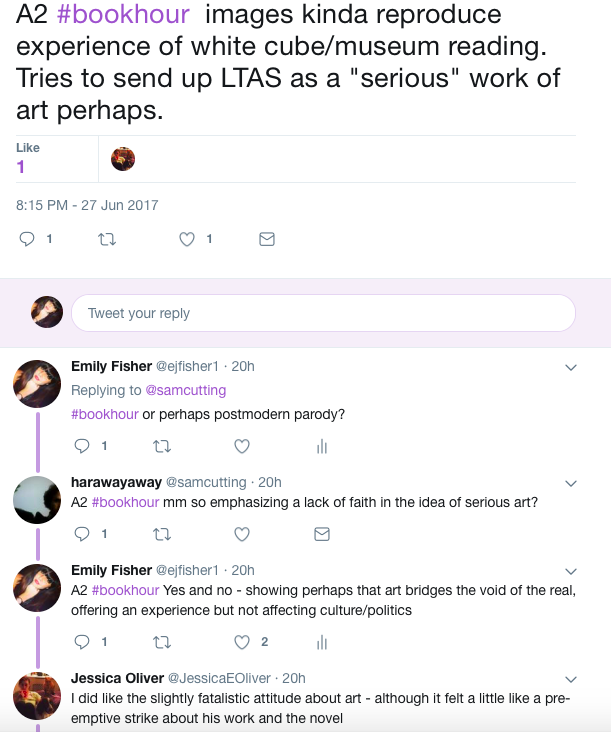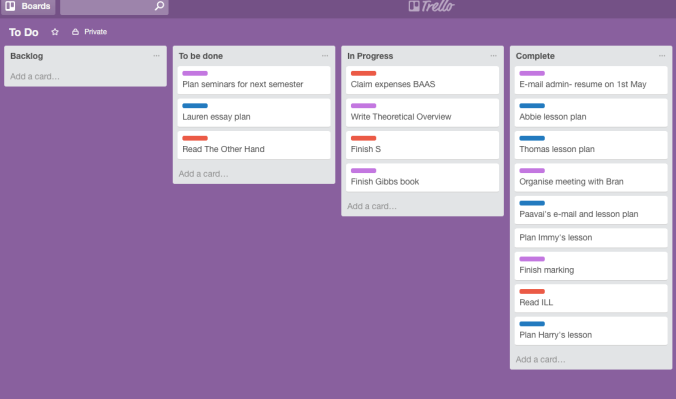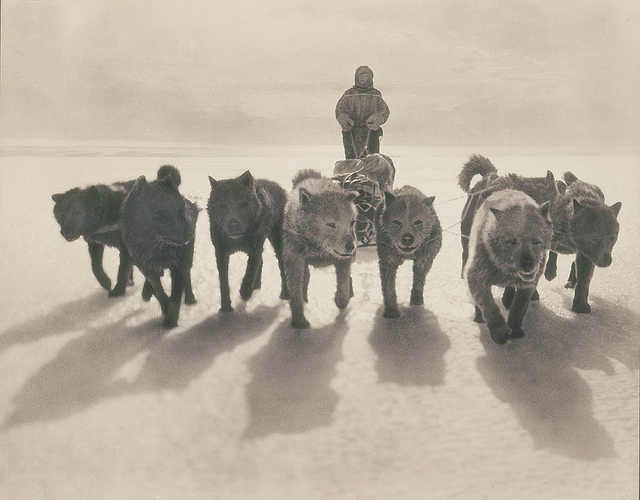
Image Credit: Kaysha & Flickr
As usual, I am late to the party, but I went to see Baby Driver (2017) at the Backyard Cinema “Miami Beach” on Friday. If you know me, you know I love off beat films, particularly if there is driving or, more specifically, getaway driving with an amazing soundtrack. Drive (2011) is a masterpiece in my opinion and has remained number one in my favourite film list since the first time I saw in all its glory six years ago. Yes I love Ryan Gosling, but it’s so much more that that. The cinematography, the lighting, the dialogue (or lack of), the soundtrack, the action, the violence, the feeling. All of which I will discuss in more detail in my ’10 Reasons Why’ post about Drive that is currently in my drafts.
Anyway, back to the matter at hand. I saw Baby Driver at Backyard Cinema because it offers a little more than your regular cinema experience. Think Baywatch meets The Fresh Prince with a side of Miami Vice and you get the idea. Free flip-flops, sand and cocktails served in plastic palm tress as you relax in huge bean bags on a “beach.”

Despite the aesthetics of the setting, nothing could detract from the film which I can honestly say is my favourite of 2017. Nothing else I’ve seen has made me sit write notes since La La Land (2016) and Baby Driver did that for me. Sick of the Marvel Universe and re-makes that have dominated the big screen over the last few years (Baywatch need I say more?), instead this film was a breath of fresh air – it was nostalgic, slick with a modicum of sexy driving and moody glaring. There are parallels with Whiplash (2015) through protagonist Baby’s playlist which punctuates the entire film, including the great mix he makes using mob boss Doc’s (Kevin Spacey) line “Is he Slow?” If you haven’t heard it it’s worth a listen!
Baby (Angel Elgort) is a brooding young man with raging tinnitus – hence the music that constantly plays to drown out the ringing in his ears – caused by an accident he was in as a child. Drawn into the criminal underbelly of Atlanta due to his debt to Doc, Baby dances (almost literally) through the action with each move painstakingly choreographed and ostensibly mirroring his artful driving. Director Edgar Wright manages to create a fine balance between mystery, vulnerability and strength, making Baby so much more than just an action hero. The tenderness of the care he provides for his deaf and paralysed step-father offers him a depth sorely lacking in many contemporary leading male roles.
What can I say about the car chases? Yes they have become cliched if not absurd through franchises such as Fast and Furious, but Wright adds an extra dimension: the meticulously chosen soundtracks that become intrinsically connected to each move Baby makes as he drives. The song and the car become one and this is something I have never seen as successfully carried out as it is in this film. The car chases become necessary to the unfolding story, instead of a spectacle for a generation of young adults with the attention span the length of the average meme. It is almost, dare I say it, a car chase musical, but very cool and very sexy.
My single criticism has to be how the women depicted in the film aren’t allowed to become 3D characters. Baby’s mother, love interest Deborah (Lily James) and heist teammate Darling (Eiza González), all offer glimpses of depth but never get the opportunity to develop. This is a common criticism of the film, so looking beyond that, could it be possible (or just hopeful on my part) that this is intentional? We know Baby lost his mother in a car accident when he was a child and that she lives on through her music in her son’s mind. Could it be that Baby cannot allow the women in his life to become more than vague sketches? I have to say that the memory of his mother and the final scene showing Deborah arriving to collect Baby from prison, looking a lot like his mum, could make this idea possible. You would be forgiven for thinking Deborah was a reincarnation of Baby’s mother and a figment of his imagination.
Silence. This is the loudest and most glaringly stark part of the film. When there is no music you know something serious is about to happen. The feel good soundtrack that drives the film (excuse the pun!) works in stringent contrast to the moments of quiet Baby experiences, particularly around Deborah. Most of the time it seems Baby uses music to block out reality and feelings, but with Deborah he can allow reality to creep in through the promise of happiness – something we can safely assume Baby hasn’t had much experience of. However, as the quote in the title suggests, the minute he falls for Deborah is the catalyst for his downfall as is usually the case for the tragic hero – he catches “feels.”
And so another tragic love story ends giving me hope that the best is yet to come. There are still great movies being made that challenge and exploit the cliched tropes of Hollywood cinema. Thank you Edgar Wright.





 Image Credit: Flickr
Image Credit: Flickr


